Crash Rating Information
Bollards play an essential role in enhancing safety and security in commercial environments by offering robust protection against vehicle traffic for pedestrians, buildings, and sensitive areas. Whether it’s creating clear boundaries in drive-throughs, safeguarding high-security premises, or ensuring pedestrian safety, commercial bollards are versatile tools that come in an array of sizes and finishes to suit various needs. They are available in two main types: fixed bollards, which are permanently installed in one location, and retractable/removable bollards. This makes them a flexible and effective solution for managing access and improving safety in commercial settings.
Crash testing serves as a critical method for assessing the protective capabilities of bollards, ensuring they meet safety standards in various environments. This testing involves several key types, notably those set by the American Society for Testing and Materials (ASTM), the International Workshop Agreement (IWA) 14, and the Publicly Available Specification (PAS 68). These standards help determine how well bollards can withstand impacts, thereby offering a reliable measure of protection for pedestrians, buildings, and sensitive areas. Understanding these testing protocols is essential for choosing the right bollard solution to enhance safety and security in any setting.
When considering high-security perimeter solutions, understanding the rigor behind crash testing and certification processes is paramount. At ANNT, we prioritize the certification of our bollards to assure unmatched protection. Adhering to global standards like ASTM F3016, F3016M for low-speed impacts, and F2656-07 for high-speed incidents, we ensure our products are prepared for real-world challenges. For example, our FB275/M50-1000 rated bollards have undergone extensive testing to earn an M50 rating, symbolizing their ability to halt a 15,000 lb truck traveling at 50 mph with minimal penetration. By integrating these meticulous certification processes, ANNT delivers not just engineered solutions, but certified assurances of safety and security against vehicular threats. Discover the robustness and reliability of ANNT’s certified bollards, designed to meet and exceed rigorous impact resistance benchmarks for urban and critical infrastructure protection.
What is K Rating?
ANNT bollards come with a K rating, which tells you how well they can stop a 15,000-lb vehicle going at different speeds. In order to be classified as a K-rated bollard, the bed of the vehicle must not penetrate beyond the bollard more than 36 inches. This rating shows that our bollards are built tough, ensuring they do a great job at keeping areas safe from car crashes. Learn about the trusted strength of ANNT bollards, designed to offer top-notch protection with certified toughness.
K Rating:
| K Rating | Vehicle Weight | Vehicle Speed |
| K4 | 15,000 lbs. | 30mph/48kmh |
| K12 | 15,000 lbs. | 50mph/80kmh |
